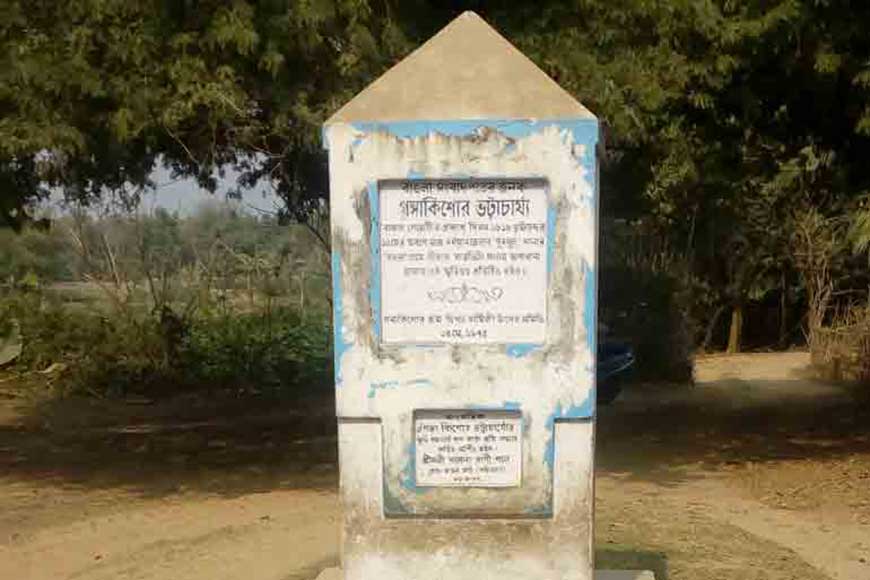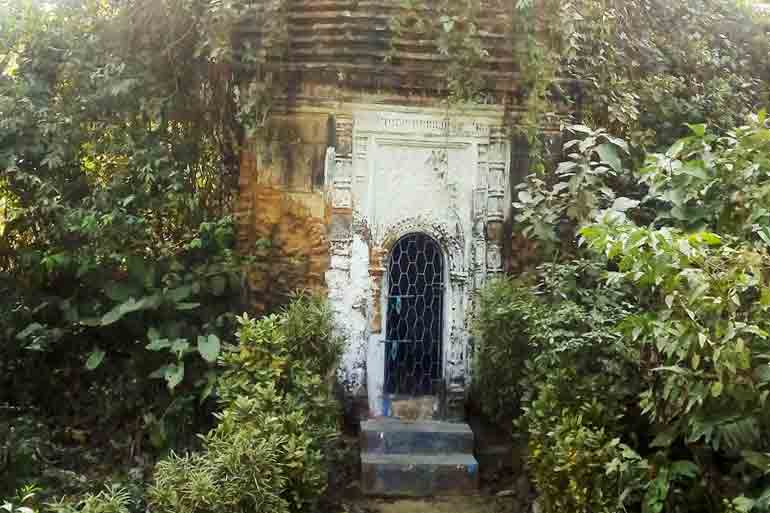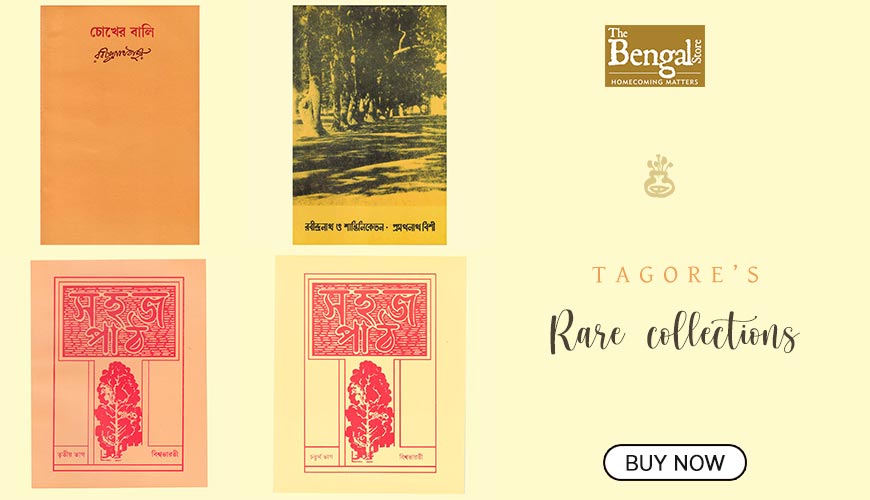Bengal’s first newspaper Bengal Gazetti and Ganga Kishore Bhattacharya, the middle-class entrepreneur

Bengal, especially Kolkata was the cradle of journalism in India. The year 1818 marks the beginning of Bengali journalism. Samachar Darpan, is regarded as the first newspaper in Bengali language. But prior to that, Ganga Kishore Bhattacharya started publishing the Bengali weekly, Bengal Gazetti or Vangal Gazette. It appeared as a weekly around the same time when the Missionaries of Serampore brought out the first-ever Bengali weekly, Samachar Darpan in May 1818. No issue of the Bengal Gazetti has yet been recovered, so the exact date on which it began appearing cannot be ascertained. The imminent publication of the paper was announced in an advertisement in the Government Gazette, dated 14 May 1818, and another advertisement in the same paper, dated July 1, 1818, and reported that publication had started. Both advertisements were published in the name of Harachandra Roy. But two newspaper reports (The Friend of India, September 1820, and Sumachar Darpan, 11 June 1831) mentioned Ganga Kishore Bhattacharya as the publisher of the Bengal Gazetti. But who was Ganga Kishore?
Ganga Kishore was born in or around 1800 in a middle-class Brahmin family. He hailed from Bahara village near Serampur. He learnt English all by himself and then started his career as a compositor in the Serampore Mission Press. After working there for some time, he became restless and wanted to start some venture independently. With this plan, he shifted base and moved to Calcutta. Here he started publishing and selling Bengali books.
In those days, there were only a handful of reliable press where books in Bengali language could be printed. Among them were Hindusthani Press, Bengali Press aka Bangla Yantra both located in Lalbazar, Serampore Mission Press and Ferris & Company Press. Ganga Kishore chose Ferris & Company Press and in 1816, he printed the first illustrated book in Bengali script, ‘Annadamangal’ by Bharatchandra. The book had six wood cut and metal engraved illustrations by renowned artist of that period, Ramchandra Roy. Here along with the story of the heroic deeds of the protagonist, Vidyasundar, the story of the courageous King Pratapaditya was also added.
Sixteen years later, a news was published in ‘Samachar Darpan’ about Ganga Kishore, ‘It is difficult to believe that it has been only 16 years since vernacular books in Bengali script was first published by a native printer/ publisher for Bengalee readers. We find it amazing to notice the immense development in printing within such a short span of time. The first book that was printed was ‘Annadamangal.’ An operator working at Serampore printing press, Ganga Kishore Bhattacharya, printed and published it for selling it in the market.” (January 30, 1830)

As soon as the 318-page illustrated book was published it created a huge commotion in the market. Encouraged by the response, Ganga Kishore published two more books in two years, written by him from the same printing press. The first was ‘A Grammar in English and Bengali Language’ (1816). This book was to aid Bengali students who wanted to learn English on their own and the English grammar book was written in Bengali script. The next year (1817), he published ‘Daibhaag’, a collection of Hindu religious rituals and atonement. The book was raved by many pundits as the best collection of religious rituals and atonement in Bengali language. Gangakishore not only published books written by him but also published translated books including ‘Lakshmi Charitra,’ ‘Gangabhaktitarangini,’ ‘Betal Panchabingshati’ and ‘Chanakya Shlok.’ Every title that he published sold like hot cakes and this inspired Ganga Kishore to set up his own press. No Bengali entrepreneur prior to him ventured in this sphere.
In 1818 he established Bangal Gezzeti Press at Chor Bagan Street, the first press set up by a Bengali. His name spread like wildfire and he became a celebrity of sorts. But Ganga Kishore was not the kind of man to sit on his laurels. He now widened his sphere and decided to launch a vernacular newspaper. In May 1818, he launched ‘Bangal Gezzeti,’ the first vernacular newspaper, printed from his press. It is likely that he was inspired by James Augustus Hickey’s ‘Bengal Gazette,’ at least the similarity in the names suggest so. But Ganga Kishore alone cannot be credited for the publication of the newspaper. He was joined in this pursuit by Harachandra Roy, a member of Raja Rammohun Roy’s Atmiya Sabha. According to a report published in ‘Oriental Star’ magazine, ‘Bangal Gazetti’ was launched on May 16, 1818, although Branjendranath Banerjee contested the date and said it was published sometime between May 15 and July 9. But the memorial tablet installed at Ganga Kishore’s ancestral home puts the publication date as May 15.
From advertisements published in other magazines and newspapers of the time, it is evident that ‘Bengal Gazetti’ included ‘Translation of Civil Appointments, Government Notifications and Regulations,’ and such other local matter as were deemed interesting to the reader, into a plain, concise and correct Bengali Language. The subscription charge was two rupees per month. The newspaper probably lasted for a year.
Ganga Kishore had differences of opinion with Harachandra Roy within a short time after publication of the newspaper and the former decided to fold up business in Calcutta. In 1819, he went back to his village in Bahara and set up the press at his residence. He started publishing books again and these included ‘Chikitsarnav’, ‘Srimad Bhagvat Gita’ (both in 1820), ‘Dravyagun’ (1828) and many more. According to hearsay, a copy of ‘Chikitsarnav’ had a place of pride in Radhakanta Deb’s private library.
Gangakishore died in 1831 but his printing work in his press continued even after his death. In 1844, ‘Brahmabaibarta Puran, Prakriti Khanda’ was published from his press as mentioned in Ramlochan Das’ verse.










